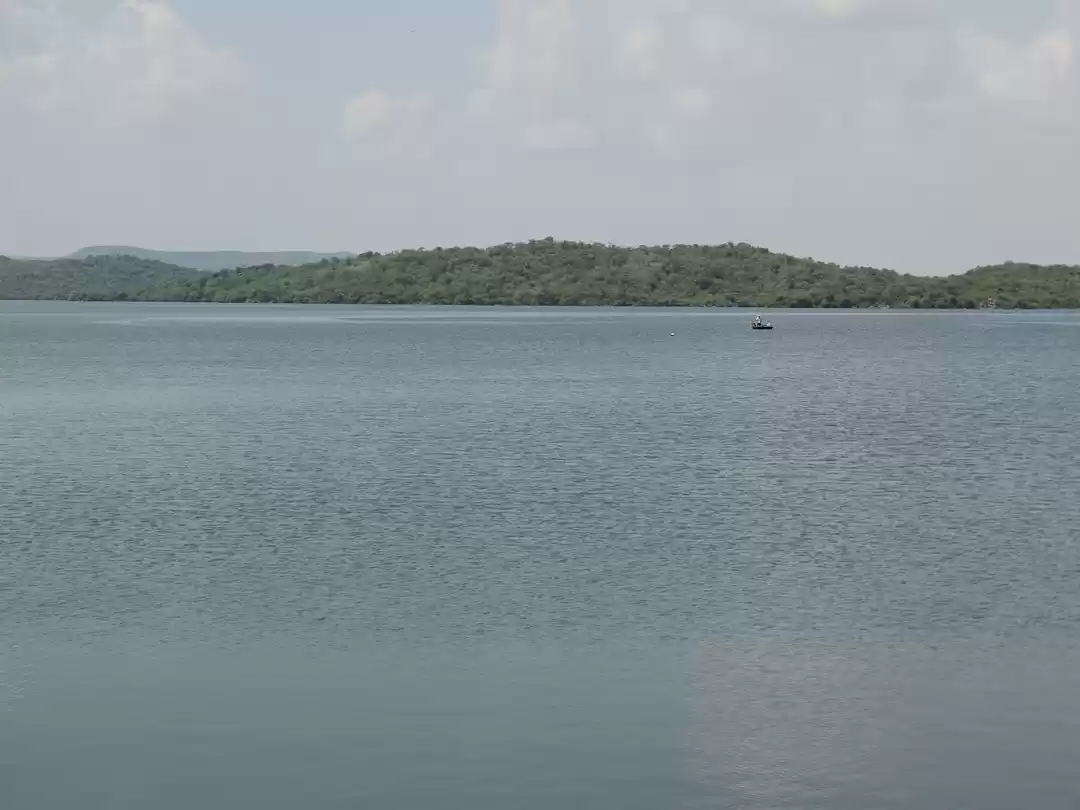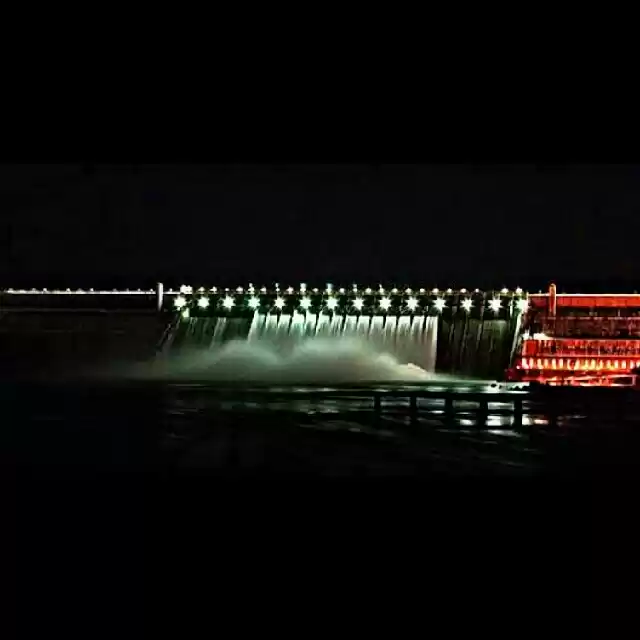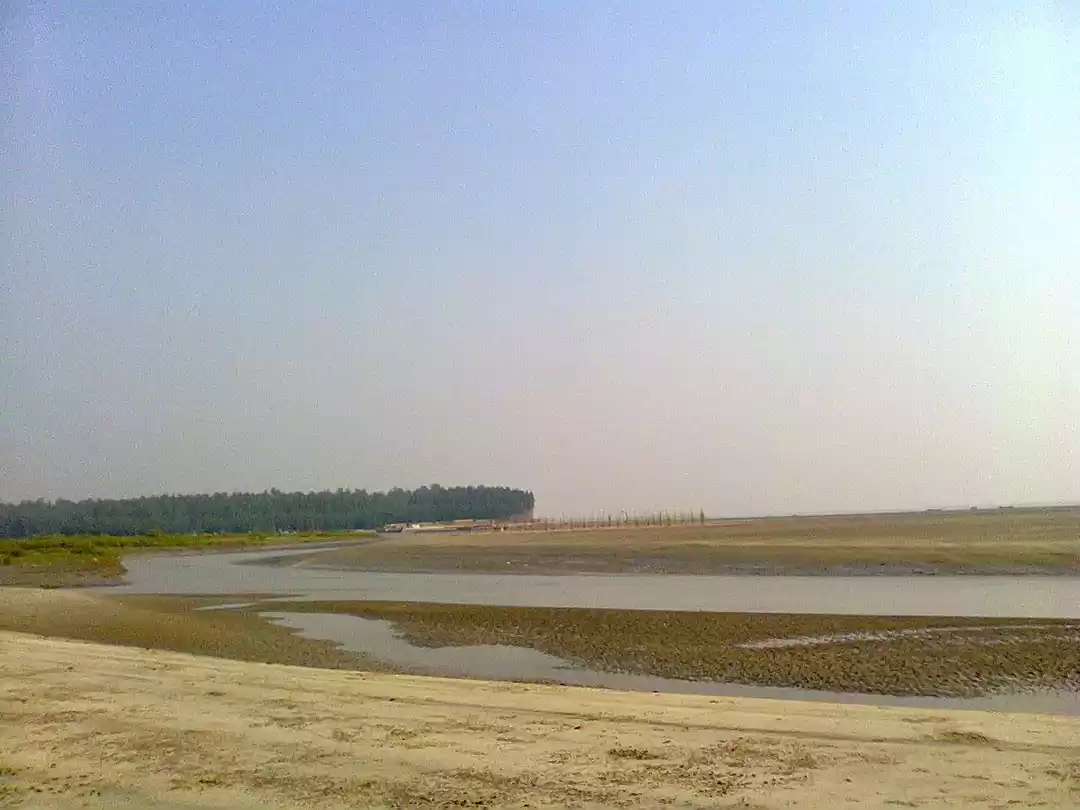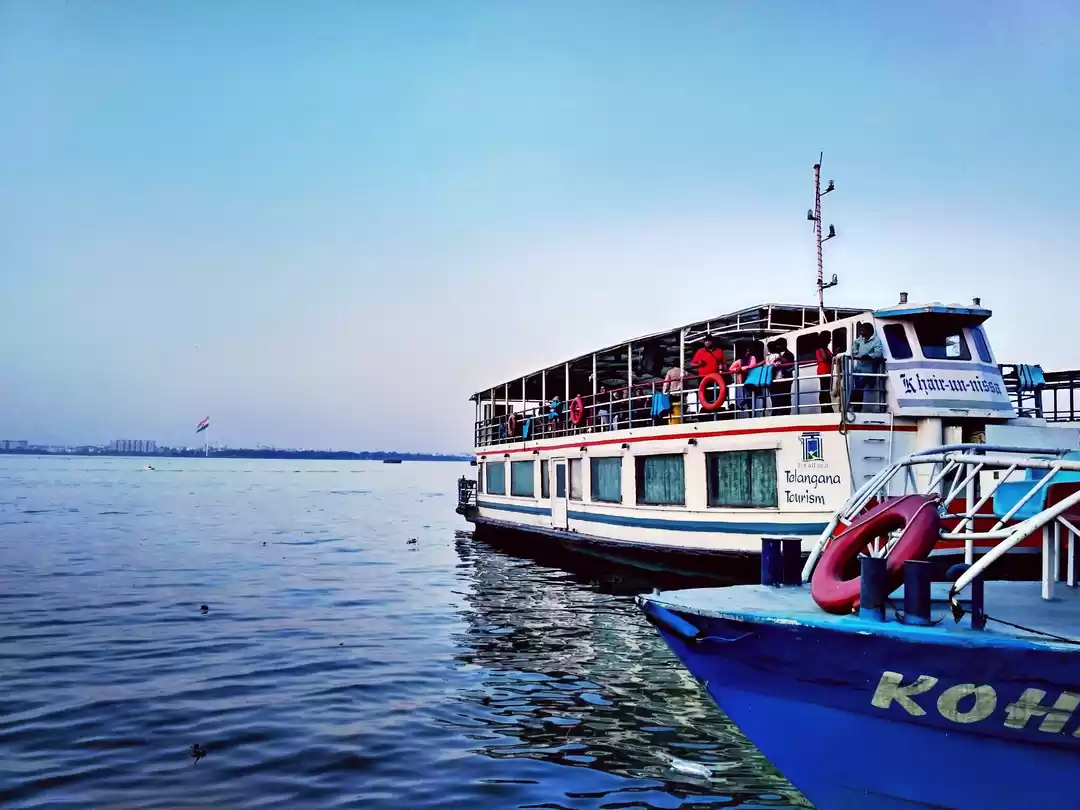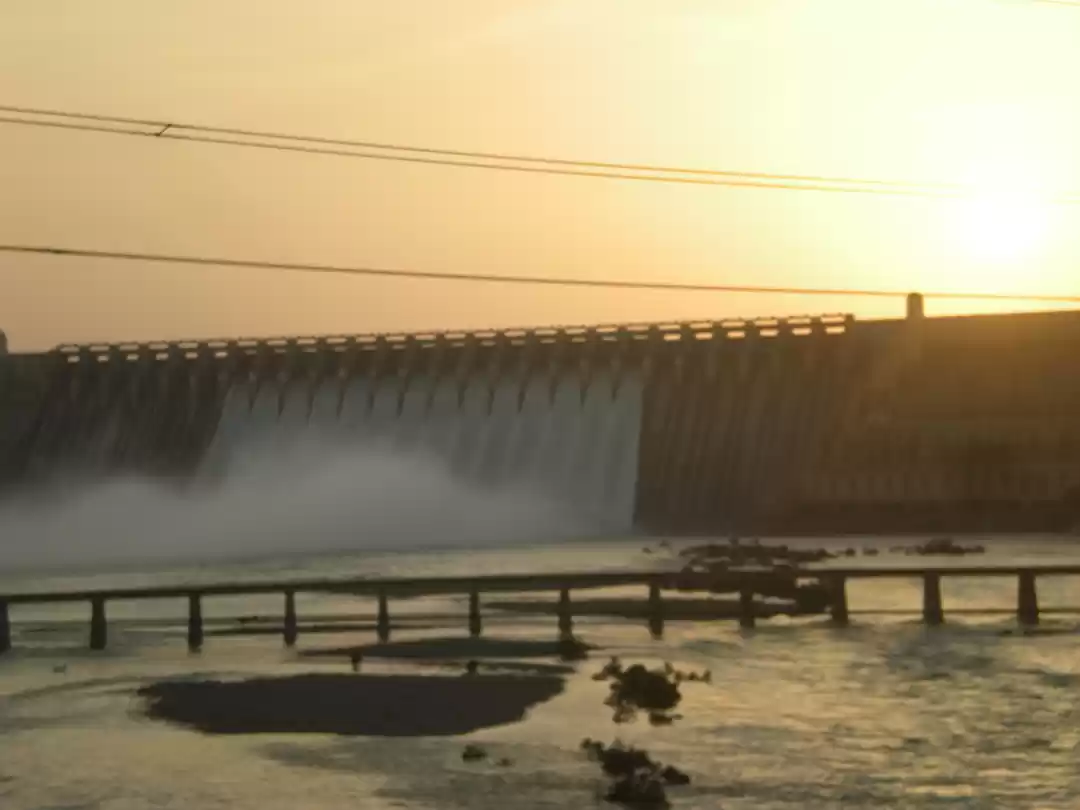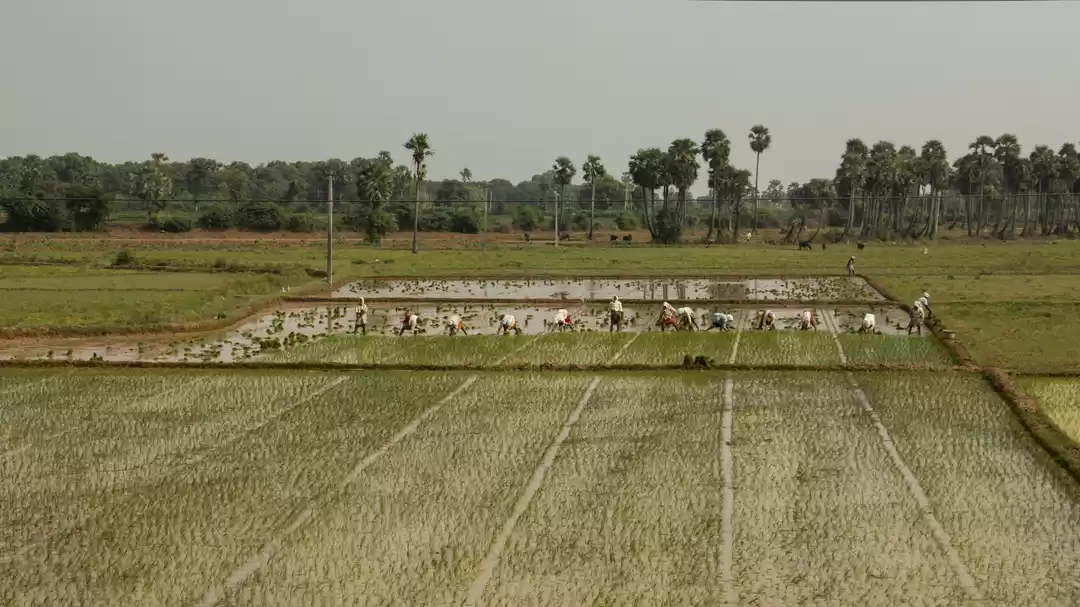Nagarjuna Sagar Tourism and Travel Guide
Nagarjuna Sagar Dam was built across the Krishna River at Nagarjuna Sagar where the river is forming boundary between Nalgonda district of Telangana state and Guntur district of Andhra Pradesh state in India. The construction duration of the dam was between the years of 1955 and 1967. The dam created a water reservoir whose gross storage capacity is 11,472,000,000 cubic metres (4.051×1011 cu ft). The dam is 490 feet (150 m) tall from its deepest foundation and 0.99 miles (1.6 km) long with 26 flood gates which are 42 feet (13 m) wide and 45 feet (14 m) tall. Nagarjuna Sagar was the earliest in the series of large infrastructure projects termed as 'modern temples' initiated for achieving the Green Revolution in India. It is also one of the earliest multi-purpose irrigation and hydro-electric projects in India. The dam provides irrigation water to the Prakasam, Guntur, Krishna, Khammam, West Godavari and Nalgonda districts along with hydro electricity generation. Nagarjuna Sagar dam is designed and constructed to utilise up to the last drop of water impounded in its reservoir of 405 TMC gross storage capacity which is the second biggest water reservoir in India.

